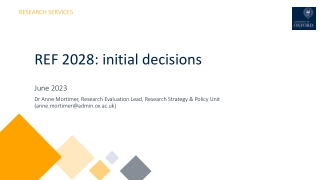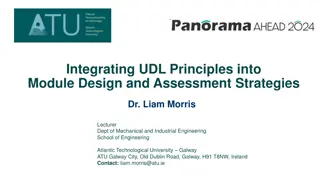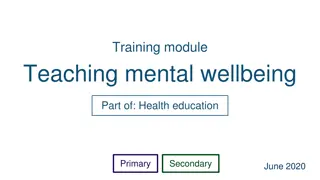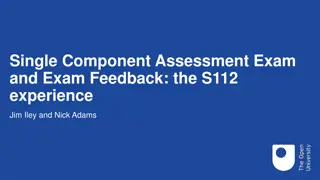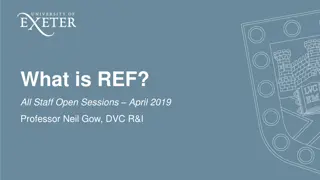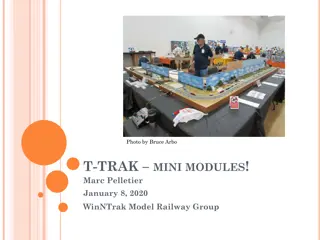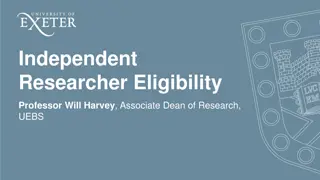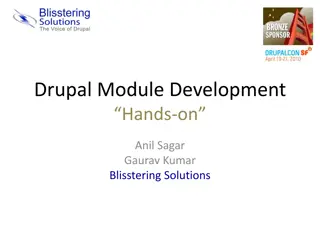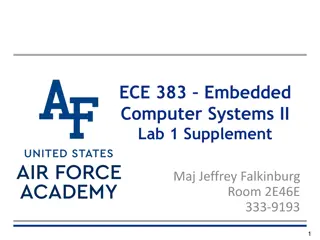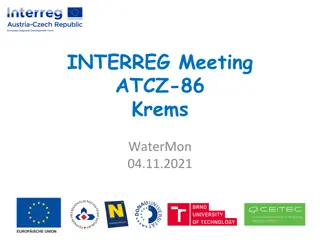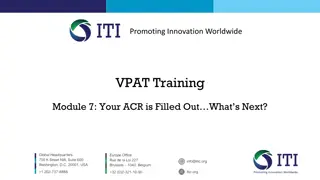
Understanding Basketball Foul Rules and Mechanics
Explore the rules and mechanics of basketball fouls, including common infractions such as holding, pushing, and illegal use of hands. Learn about principles like freedom of movement and how to protect players on the court. Dive into the specifics of fouls against ball handlers/dribblers, blocking/charging violations, and more in this comprehensive guide.
Download Presentation

Please find below an Image/Link to download the presentation.
The content on the website is provided AS IS for your information and personal use only. It may not be sold, licensed, or shared on other websites without obtaining consent from the author. If you encounter any issues during the download, it is possible that the publisher has removed the file from their server.
You are allowed to download the files provided on this website for personal or commercial use, subject to the condition that they are used lawfully. All files are the property of their respective owners.
The content on the website is provided AS IS for your information and personal use only. It may not be sold, licensed, or shared on other websites without obtaining consent from the author.
E N D
Presentation Transcript
Module #3 Mechanics & Rules - Fouls
Principles & Concepts NOT ALL CONTACT IS A FOUL Freedom of Movement Disrupt, Dislodge, Displace Rhythm, Balance, Speed, or Quickness
CONTACT Rule 10, Section 7 ARTICLE #1: A player shall not hold, push, charge, trip, impede, the progress of an opponent by extending arm(s), shoulder(s), knee(s), hip(s), or bending body into other than normal position; nor use rough tactics.
General Provisions Typically, an official should rule fouls in his/her PCA Any foul observed shall be ruled a foul (especially non-basketball contact)
Clean Game Protect Ball Handler/Dribbler Protect the Shooter Protect the Rebounder
COMMON FOULS Hand checking Ball Handler/Dribbler (Rule 10.7.12) The following acts constitute a foul when committed against a ball handler/dribbler: a. Placing two hands on the player. b. Placing an extended arm bar on the player. c. Placing and keeping a hand on the dribbler. d. Contacting the player more than once with the same hand or alternating hands.
COMMON FOULS (review signals) Holding Pushing Illegal Use of Hands
COMMON FOULS Block/Charge Blocking is illegal contact which impedes the progress of an opponent with or without the ball Charging is illegal personal contact caused by pushing or moving into an opponent s torso
COMMON FOULS Block/Charge Was the defender in legal guarding position? Was verticality a factor on the play? Did the offensive player make contact and stop, or continue progress through the defender to or through Did the offensive player head or shoulder get by the defender?
C N N- C COLOR Blue, 24 NUMBER NATURE Hold, end line CONSEQUENCE
C N N- C COLOR RED, 12 NUMBER NATURE Push, Two CONSEQUENCE
Reporting Move around players and proceed quickly to the reporting area Come to a complete stop in the reporting area Don t allow substitutes or questions before reporting Report Color Number Nature (signal) Consequence
Non-Ruling Official FREEZE his/her field of vision Ignore the ball Know number of fouls, status of clock, number of free throws, number of the free thrower
Held Ball PCA Official most likely make the ruling (either may recognize) Give signal with firm blast of the whistle Closest official moves in (don t turn back to players to look at the possession arrow) Non-ruling monitors players Check with partner and signal direction
Technical Foul Ruling official reports foul and stays table side (ruling official has option of going to lead) Each official must be in position and the lanes cleared before administering the free throw Trail will administer the ball at the division line opposite the table
Intentional Foul Ruling official reports foul and stays table side (ruling official has option of going to lead) Each official must be in position and the lanes cleared before administering the free throw Ball will be administered at the end line or side line nearest the personal foul location (aka point of interruption)
Disqualification Procedure Ruling official notifies the head coach of player s 5th foul & requests the timer to begin replacement interval (15 seconds), then notify the disqualified player (Coach-Timer-Player) Non-ruling official takes position with the ball where the play will be resumed Ruling official takes position at division line halfway between sideline and center circle (ruling official has option of going away from table)



